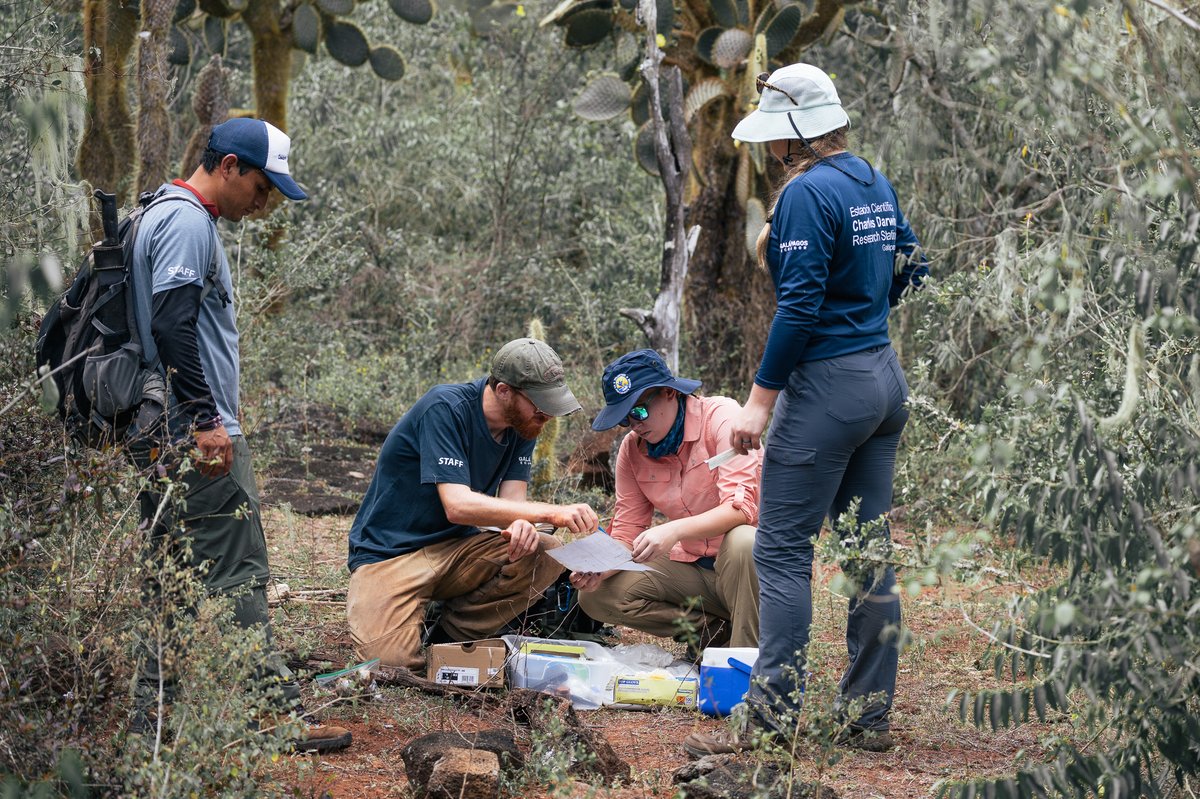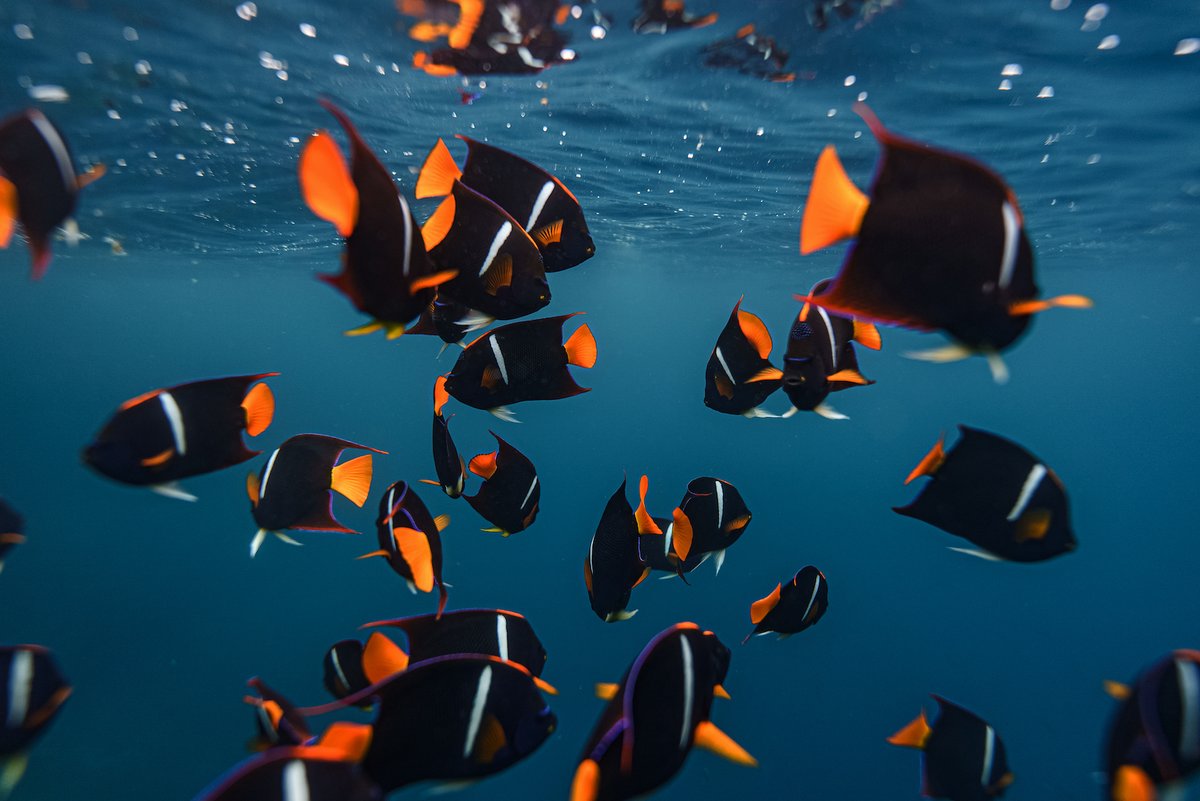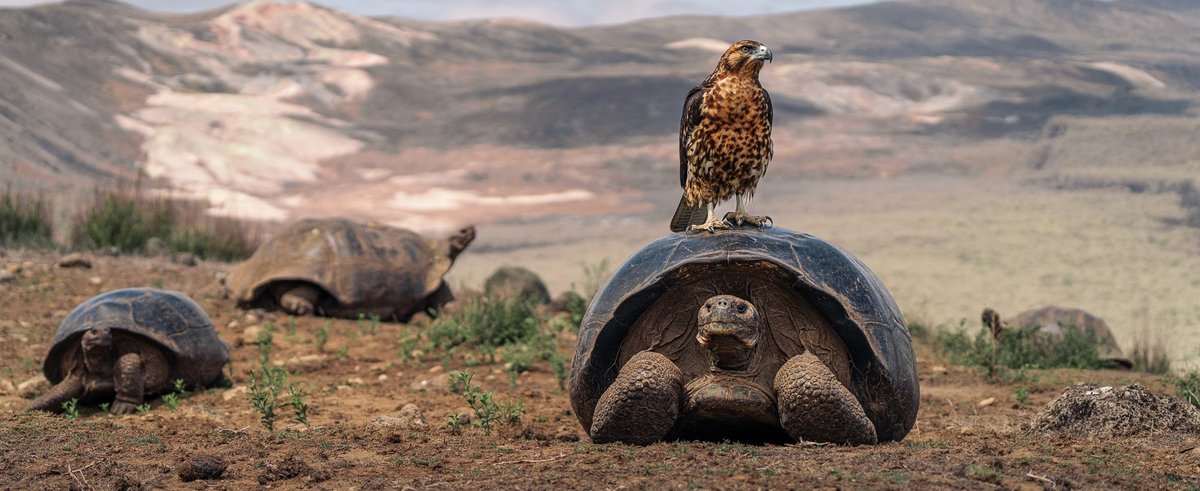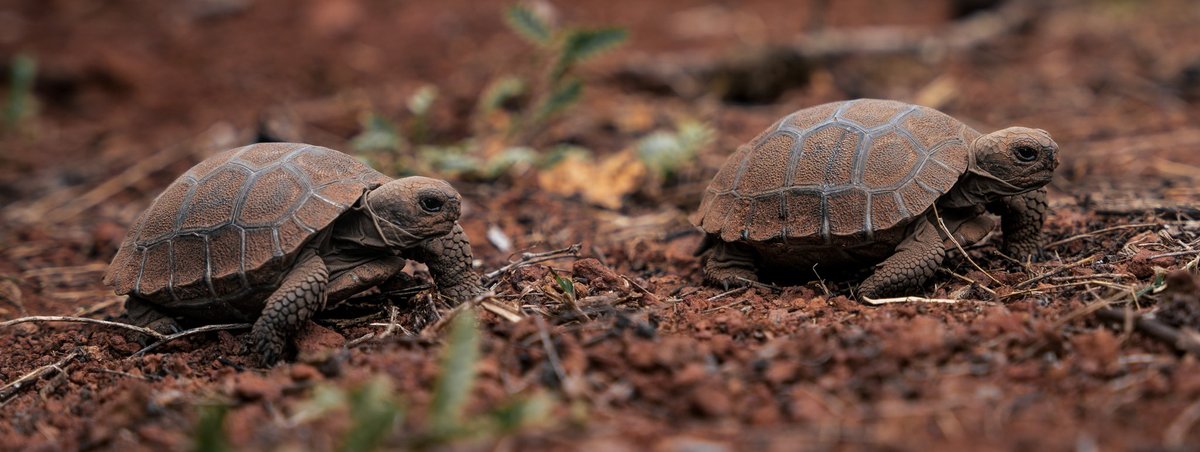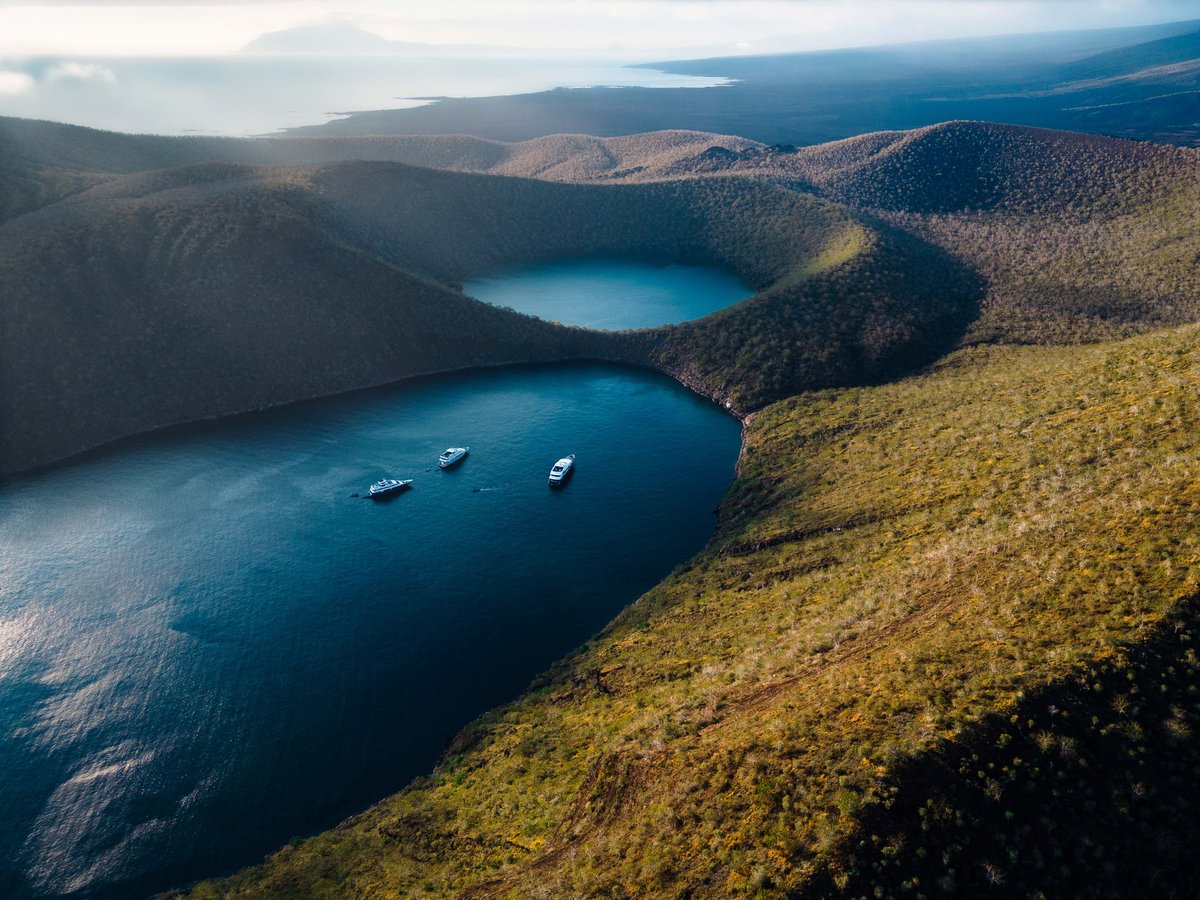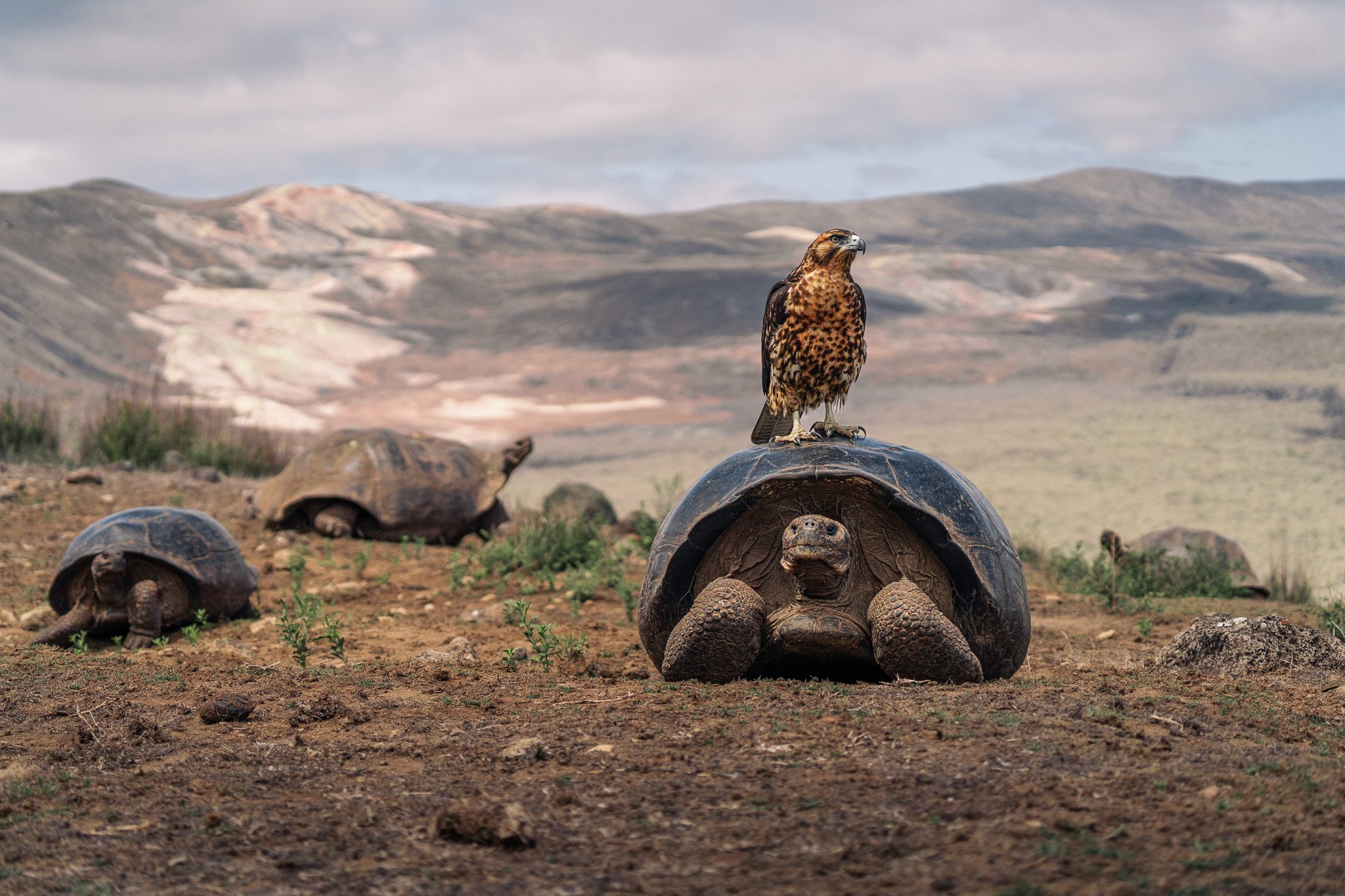Rediscovered Coral Signals Hope for Galapagos Reefs
Santa Cruz, Galapagos, Ecuador, 26 June 2025—A scientific team led by the Charles Darwin Foundation (CDF) and the California Academy of Sciences (CAS), in collaboration with the Galapagos National Park Directorate (GNPD) has confirmed that Rhizopsammia wellingtoni—a solitary coral thought to be lost for a generation— is alive and clinging to Galapagos’ underwater cliffs. Listed as Critically Endangered (Possibly Extinct) after its last official record in 2000, the species has now been documented at four sites on Isabela and Fernandina islands, offering a rare spark of resilience in a warming ocean.
During targeted dives in January 2024, researchers encountered more than 100 colonies on a ledge south of Isabela Islands’ Tagus Cove at 12 m depth, followed by additional colonies at Punta Vicente Roca, Playa Tortuga Negra and—astonishingly—Cabo Douglas on Fernandina where the coral had never been reported before. Altogether, surveys logged over 250 living colonies, revealing two color morphs—black-purple and red-black corallites—that match museum specimens collected in the 1970s.
Dr Inti Keith, Principal Investigator for CDF’s Marine and lead author of the study, said: “Finding R. wellingtoni after 24 years raises important questions about how the coral survived past environmental pressures, such as the severe 1982-1983 El Niño, suggesting it might have found refuge in deeper, cooler habitats before re-emerging during recent cooler La Niña conditions. It also proves that even the most vulnerable species can persist if we protect the right habitats—yet its tiny, scattered colonies remind us just how close we came to losing it forever and the critical need for proactive management strategies.”

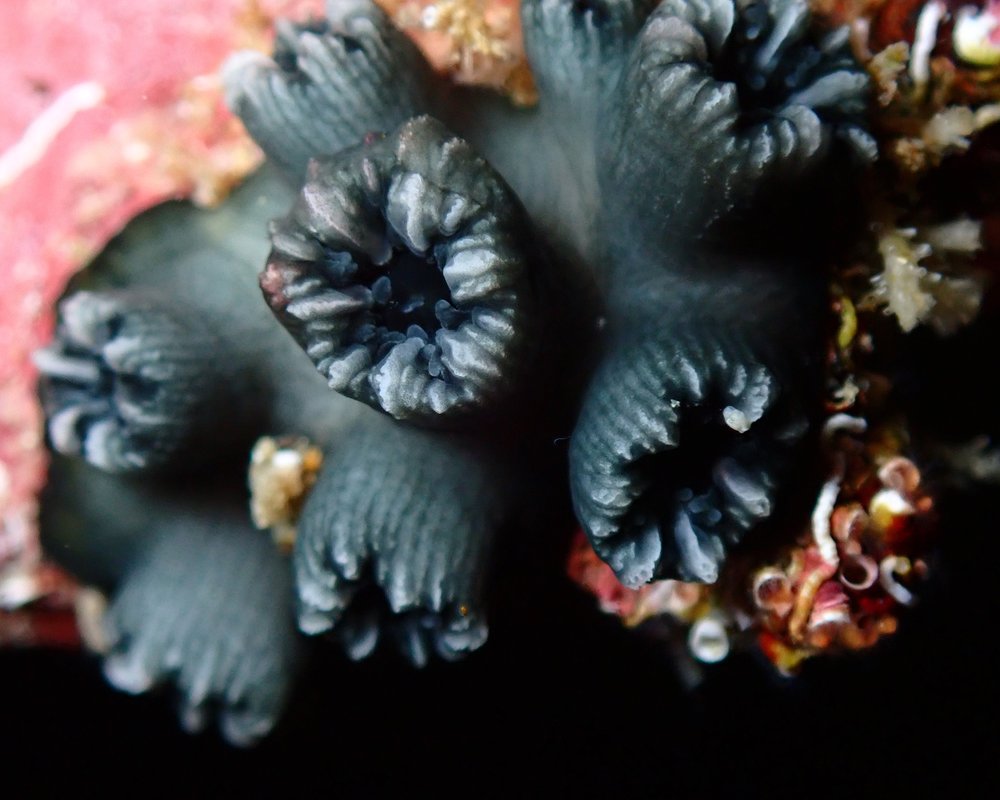
R. wellingtoni, also known as Wellington’s Solitary Coral, after Gerard M. Wellington, who first collected specimens, is a coral species endemic to the Galapagos Islands. It typically inhabits relatively cool waters around Galapagos, with average annual temperatures between 15–26°C, benefiting from cooler upwelling conditions that provide thermal refuges. Corallites range from approximately 3 to 6 mm in diameter, making individual colonies quite small (generally less than 1 cm wide) and easily overlooked.
“Finding something that was previously thought to be extinct is one of the most exciting discoveries a biologist can make,” says Terry Gosliner, PhD, Academy Curator of Invertebrate Zoology and Geology and study co-author. “In just one dive, we found more than 100 colonies of R. wellingtoni on a healthy, biologically diverse coral reef, many of which were dotted with budding polyps, signaling active reproduction. This is huge: evidence that the species isn’t merely clinging to survival, but thriving at multiple localities and depths. This discovery is a hopeful example of resilience amid rising ocean temperatures, and a poignant reminder of what can be gained from continued conservation and coral reef monitoring in biodiversity hotspots like the Galapagos.”
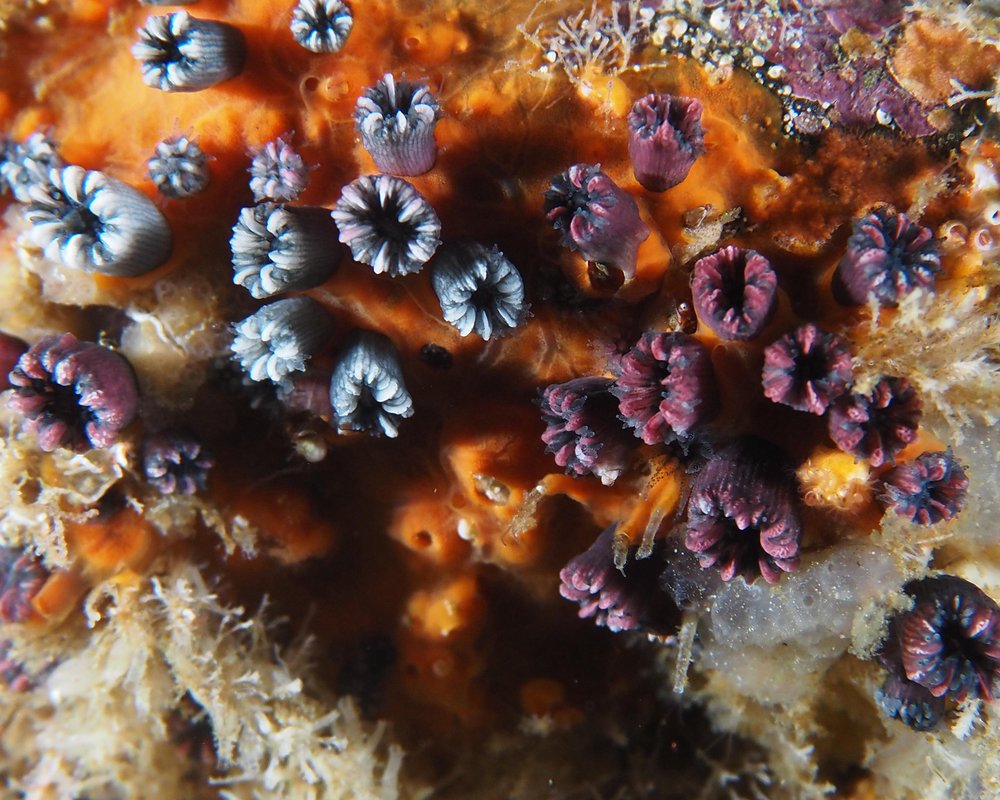
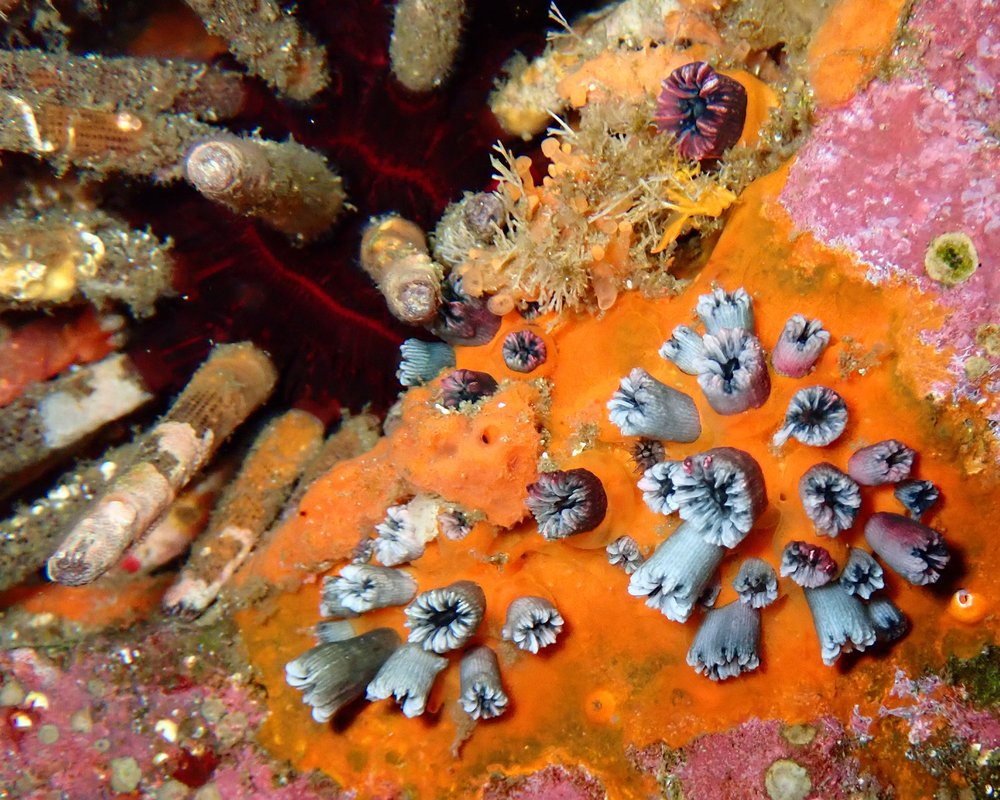
CDF’s subtidal ecological monitoring work as part of its Marine Biodiversity programme, which has systematically monitored 64 reef sites since 2004, provided the framework and expertise needed to recognize and identify this rare coral, despite its small size and cryptic habitat. The work also demonstrates that cooler La Niña conditions may have offered a short reprieve from thermal stress, allowing the coral to re‑emerge in shallower water.
Commenting on the importance of the finding for Galapagos conservation, Dr Maria Jose Barragan Paladines, Science Director of the Charles Darwin Foundation, added: “This discovery validates decades of investment in Galapagos science and is a perfect example of our work to continue to uncover and understand the unique biodiversity of the archipelago and their resilience to external threats.”
Genetic analyses under way at the California Academy of Sciences will clarify connectivity among the newly found colonies, providing critical insights for conservation strategies by determining how closely these populations are related and how effectively they might repopulate areas affected by environmental disturbances.
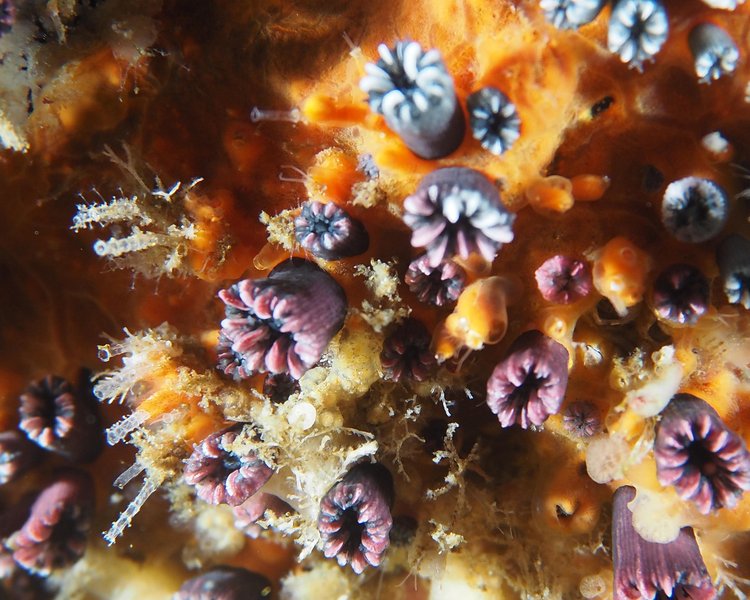
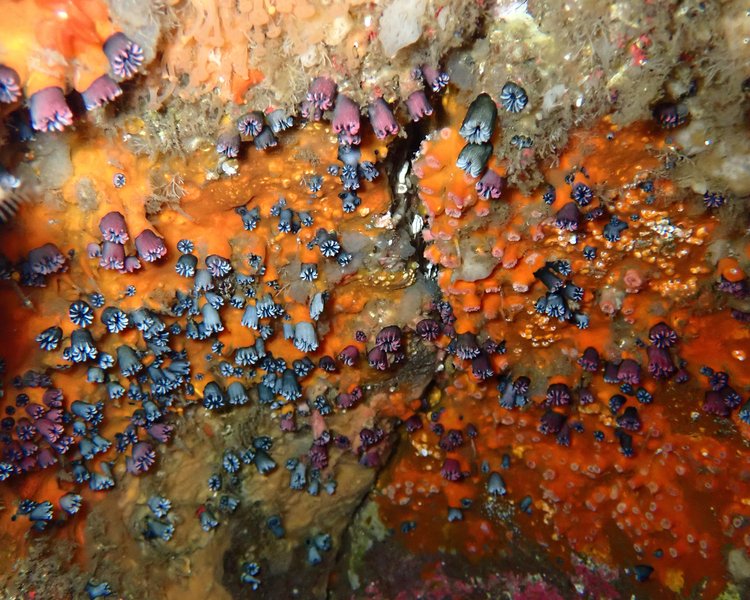
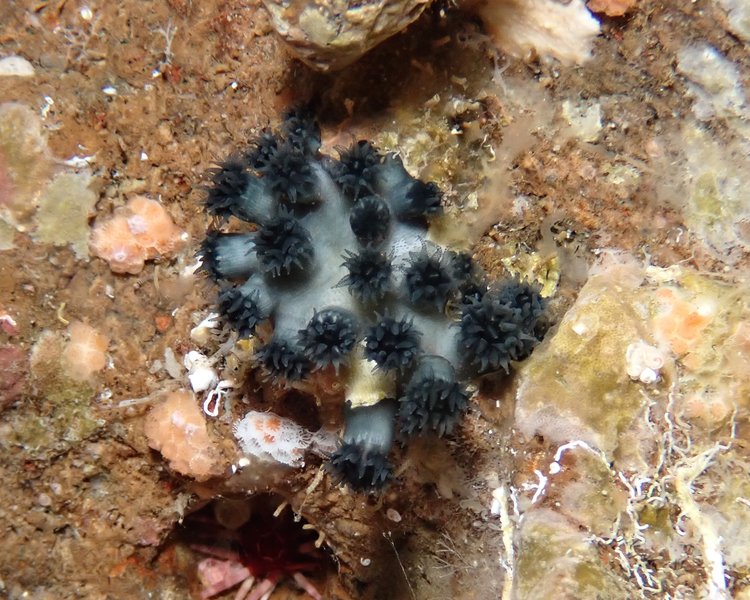
Why this Finding Matters
- Biodiversity lifeline – The finding removes R. wellingtoni from the edge of extinction and safeguards a unique evolutionary lineage endemic to the archipelago.
- Climate-change sentinel – As a solitary coral highly sensitive to temperature spikes, its presence (or absence) offers an early-warning system for future marine heatwaves.
- Policy impact – Data from the expedition feed directly into Galapagos zoning plans, IUCN Red List reassessments and Ecuador’s national climate-adaptation roadmap.
Jennifer Suarez, Director of Ecosystems at the Galapagos National Park Directorate, said: “This discovery reminds us how important it is to continually monitor our marine ecosystems. Despite the impacts of climate change, nature demonstrates its capacity for resilience. From the Galapagos National Park, we will keep intensifying our conservation efforts to safeguard these unique habitats.”
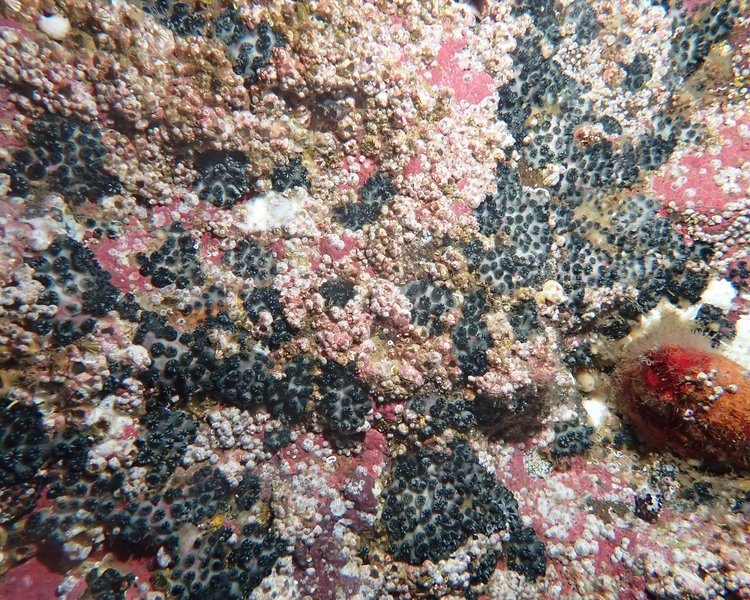
This research was published earlier this week in the journal Marine Biology and funded by the Paul M. Angell Family Foundation, Lindblad | National Geographic Fund for Conservation, and Amy Blackwell.
For press inquiries, please contact:
Charles Darwin Foundation
Ambre Tanty-Lamothe or Daniela Ibarra | comunicacion@fcdarwin.org.ec
California Academy of Sciences
Megan Ely | mely@calacademy.org
About the Charles Darwin Foundation
The Charles Darwin Foundation for the Galapagos Islands (CDF) is an international non-profit organization that has operated in Galapagos since 1959 under a special agreement with the Government of Ecuador. Its mission, and that of its Research Station, is to address the greatest threats and challenges facing Galapagos through scientific research and conservation actions, to protect one of the world’s most important natural treasures. Today CDF supports more than 25 research, conservation, and education projects across land and sea, and is the custodian of over 137,000 specimens in its Natural History Collections. Its diverse team of more than 140 scientists, educators, and support staff is composed primarily of Ecuadorian citizens, with over 60 % from Galapagos. For more information, please visit: www.darwinfoundation.org
About the California Academy of Sciences
The California Academy of Sciences is a renowned scientific and educational institution with a mission to regenerate the natural world through science, learning, and collaboration. Based in San Francisco’s Golden Gate Park, it is home to a world-class aquarium, planetarium, and natural history museum, as well as innovative programs in scientific research and environmental education—all under one living roof. Museum hours are 9:30 am – 5:00 pm Monday – Saturday, and 11:00 am – 5:00 pm on Sunday. Admission includes all exhibits, programs, and shows. For daily ticket prices, please visit www.calacademy.org or call (415) 379-8000 for more information.
